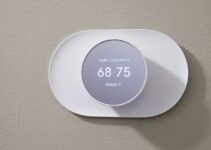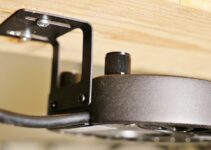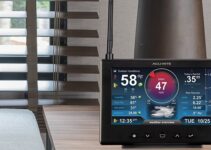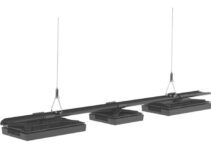Are you looking to ensure smooth door closings while enhancing the overall functionality and security of your space? Discover the world of door closer mounting options and expert tips to make the right choice!
In this article, we will explore different door closer mounting options, from traditional regular arm mounts to innovative slide track arm installations, we’ve got you covered. Learn how to select the perfect door closer for your needs and create a seamless entrance experience.
Mounting Options for Door Closers

#1. Regular Arm Mounting
Regular arm mounting is the most common and straightforward option for installing door closers. It involves mounting the closer on the pull side of the door, usually on the door frame, with the arm attached to the face of the door.
This configuration is suitable for most standard doors found in commercial and residential settings. The regular arm mounting is reliable, provides good control over the closing action, and is relatively easy to install.
#2. Parallel Arm Mounting
In parallel arm mounting, the door closer is mounted on the push side of the door frame. The arm runs parallel to the door, extending from the closer body to the top of the door’s hinge side.
This mounting option is particularly beneficial when aesthetics are a concern or limited space is available. By concealing the arm, it offers a more streamlined and unobtrusive appearance, making it suitable for applications where maintaining a clean and visually appealing design is important.
#3. Top Jamb Mounting
Top jamb mounting involves installing the door closer on the face of the door frame, near the top of the door itself. This option is commonly used for exterior doors and doors with wide reveals.
Top jamb mounting provides enhanced door control and is often preferred for high-traffic entrances. The closer’s placement on the frame helps distribute the door’s weight more evenly, contributing to smooth operation and prolonged closer life.
#4. Slide Track Arm Mounting
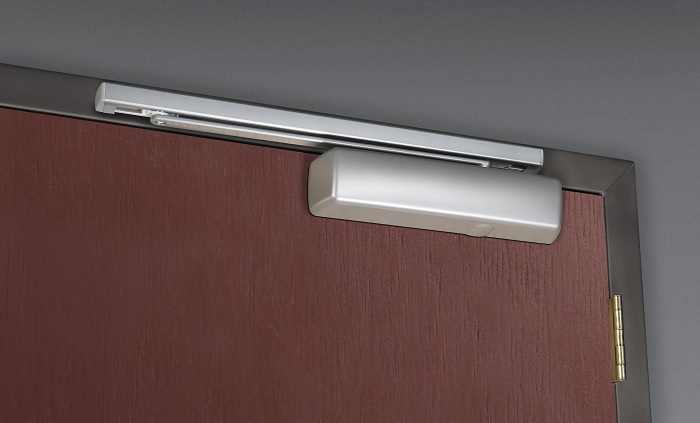
Slide Track Arm Mounting
Slide track arm mounting is a specialized option used specifically for sliding doors. The door closer is mounted on the door frame, while the slide track arm attaches to the sliding panel.
This setup ensures that the sliding door is properly controlled during opening and closing, preventing sudden movements that could lead to accidents or damage. Slide track arm mounting is particularly useful for heavy sliding doors found in commercial settings like office partitions or storefronts.
#5. Floor Closer Mounting

Floor Door Closer
Floor-mounted door closers are installed within the floor beneath the door, typically concealed from view. This option is commonly used for heavy and large doors, such as glass entry doors in commercial buildings or upscale establishments.
Floor closers offer an aesthetically pleasing solution as they do not interfere with the door’s visual appearance. Moreover, they provide robust support and stability for heavy doors, ensuring controlled and reliable closing actions.
#5. Corner Bracket Mounting
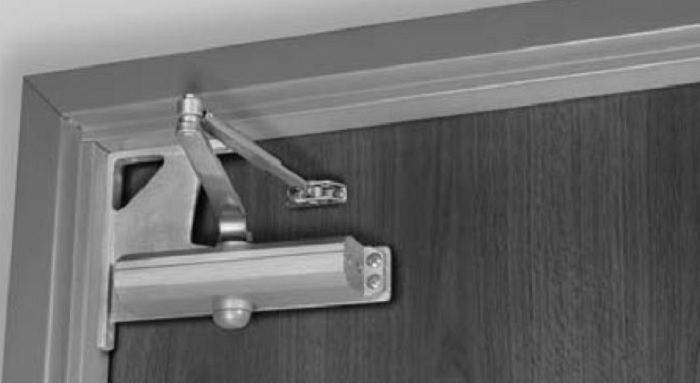
Corner Bracket Mounting
Corner bracket-mounted door closers are a specialized and less common surface-mounted option, primarily used when the door has an angled or arched top rail. In situations where a regular door closer installation is not feasible due to the door’s unique design, the corner bracket mount provides a solution to accommodate the door’s shape.
The installation process involves attaching a bracket on the pull side of the door frame, specifically in the top corner of the frame.
The closer body is then mounted onto the bracket, while the arm is connected to the face of the door as in regular arm mounting. The corner bracket allows the door closer to function effectively despite the door’s unusual design.
Selecting The Right Door Closer: Factors to Consider
Selecting the right door closer is essential to ensure optimal functionality, safety, and convenience. As mentioned, several factors need to be considered when making this choice. Here are some factors to consider.
1. Size and Weight of the Door
The size and weight of the door play a crucial role in determining the type of door closer needed. Heavy and large doors will require heavy-duty door closers with higher closing force, while lighter doors may work well with standard or light-duty closers.
2. Location of the Door and Opening (Interior/Exterior)
For exterior doors, it is essential to choose a door closer that can withstand weather conditions, temperature changes, and potential exposure to moisture. Exterior door closers typically have higher durability and corrosion resistance.
3. Opening and Closing Frequency
The frequency of door usage is a critical consideration. High-traffic areas like commercial buildings, schools, or hospitals will require robust door closers designed for frequent use.
4. Mounting Location
The mounting location refers to where the door closer will be installed on the door and frame. The various mounting options include regular arm, parallel arm, top jamb, slide track arm, floor closer, and corner bracket mount. The choice depends on the door type and available space.
5. Affordability
Door closers come in a wide range of prices, depending on the brand, features, and durability. It’s essential to find a balance between the budget and the required quality and functionality.
6. Backswing Requirements
Some door closers offer adjustable backswing options, which allow the door to open to a specific degree before the closer takes control and closes it. This feature can be beneficial in situations where a wider opening angle is necessary.
7. Head Face Dimension on the Frame
The dimensions of the frame’s head face, where the door closer will be mounted, need to be considered to ensure proper fit and installation.
8. Top Rail Dimension of the Door
The dimension of the door’s top rail, the horizontal part of the door frame, is essential for determining the appropriate door closer size and compatibility.
9. Dimension of the Reveal
The reveal is the space between the door and the frame when the door is closed. The dimension of the reveal affects the type of door closer that can be installed and the required closing force.
10. Aesthetics
The appearance of the door closer may be a concern, especially in spaces where design and aesthetics are important. Some door closers offer more discreet and concealed mounting options to maintain the door’s visual appeal.
Tips for Door Closer Installation
Choose the Right Door Closer: Select a door closer that is suitable for the size, weight, and type of the door you are installing it on. There are different door closers designed for various applications, such as light-duty, heavy-duty, interior, and exterior doors.
Proper Placement: Ensure the door closer is mounted at the correct height and position according to the manufacturer’s recommendations. Improper placement can lead to malfunction and reduced door-closing efficiency.
Follow the Manufacturer’s Instructions: Always refer to the manufacturer’s installation instructions and guidelines. Each door closer may have specific requirements for installation and adjustment.
Regular Maintenance: Schedule regular maintenance to keep the door closer in good working condition. Lubricate moving parts as needed and check for any signs of wear or damage.
Adjust Closing Speed and Latching Speed: Most door closers come with adjustable closing and latching speeds. Fine-tune these settings to suit the door’s weight and traffic requirements.
Safety Considerations: Ensure that the door closer complies with safety and fire code regulations in your area. Fire-rated doors, for example, require specific door closers to meet fire safety standards.
Professional Installation: For complex installations or special requirements, it’s best to seek the help of a professional locksmith or door hardware specialist.
Remember, a properly installed and maintained door closer will not only ensure smooth and controlled door closing but also contribute to the safety and security of the building’s occupants.
Conclusion
In conclusion, door closer mounting options and tips are vital considerations when aiming for efficient and secure entrances. Whether it’s a standard interior door or a specialized sliding door, choosing the right mounting option can significantly impact the door’s performance and aesthetics.
Regular arm mounting remains the most common and versatile choice for many doors, while parallel arm mounting offers a sleek and unobtrusive solution for tight spaces. Top jamb mounting suits exterior doors with wide reveals, and slide track arm mounting excels in handling heavy sliding doors.
